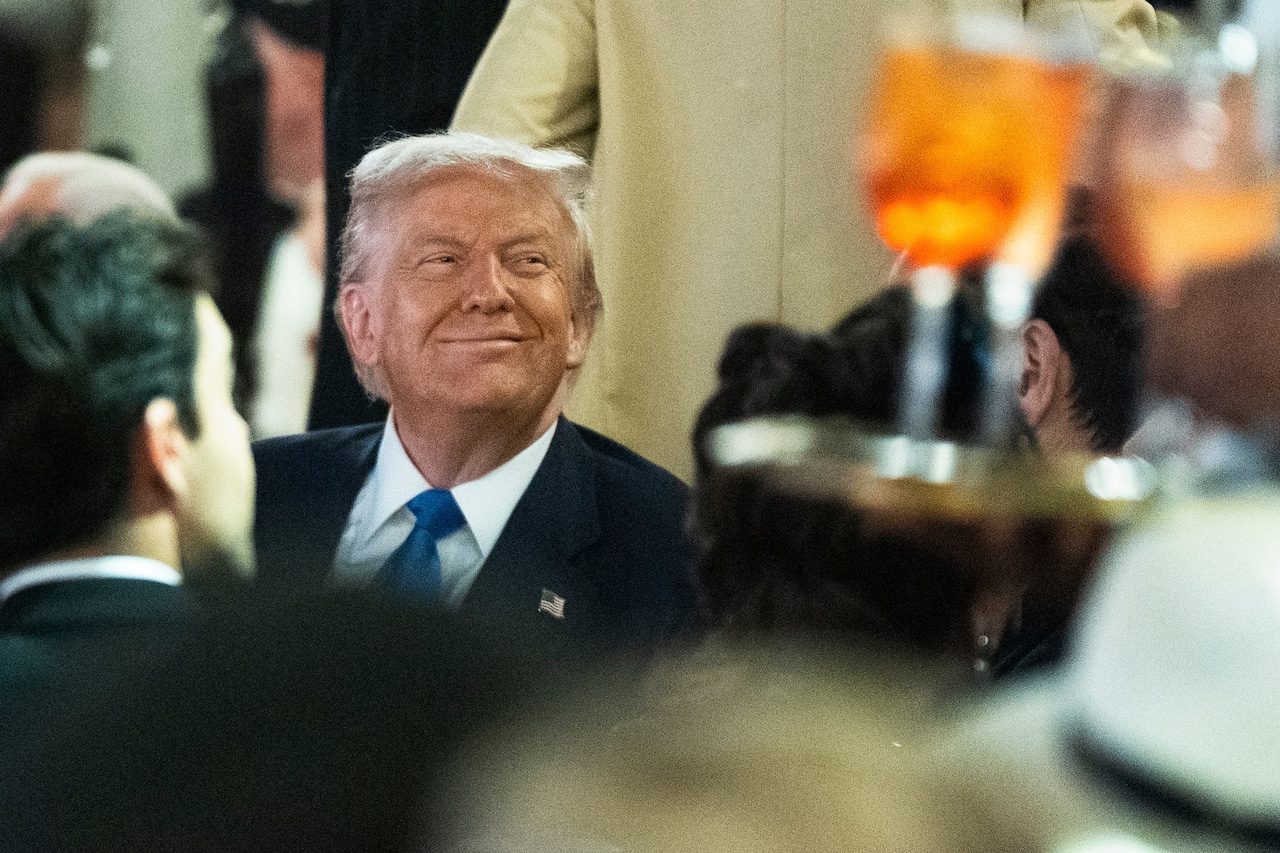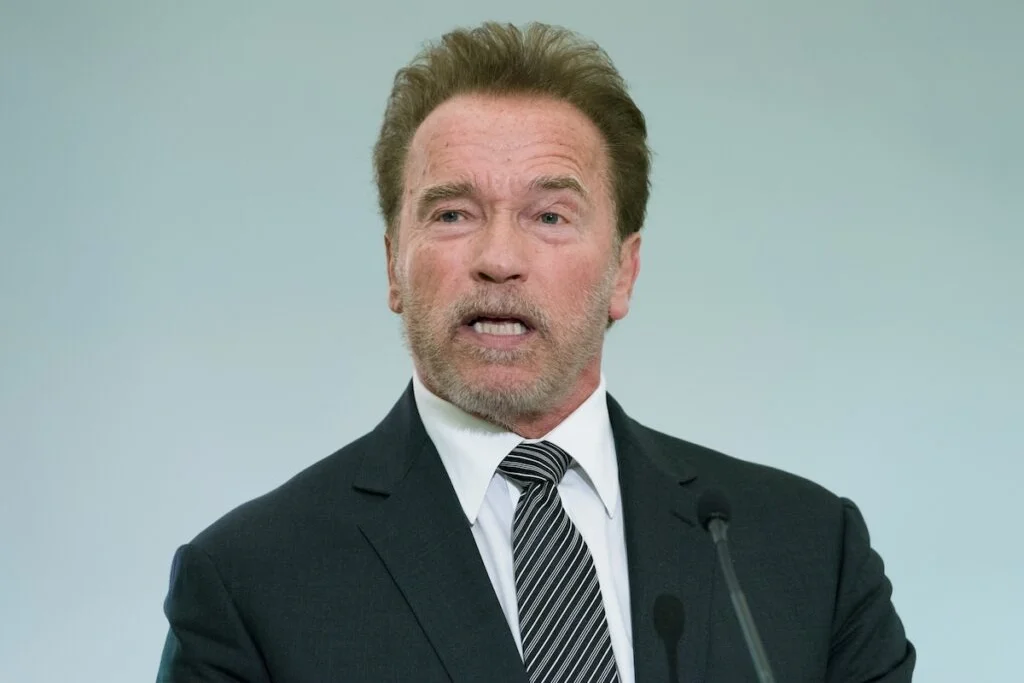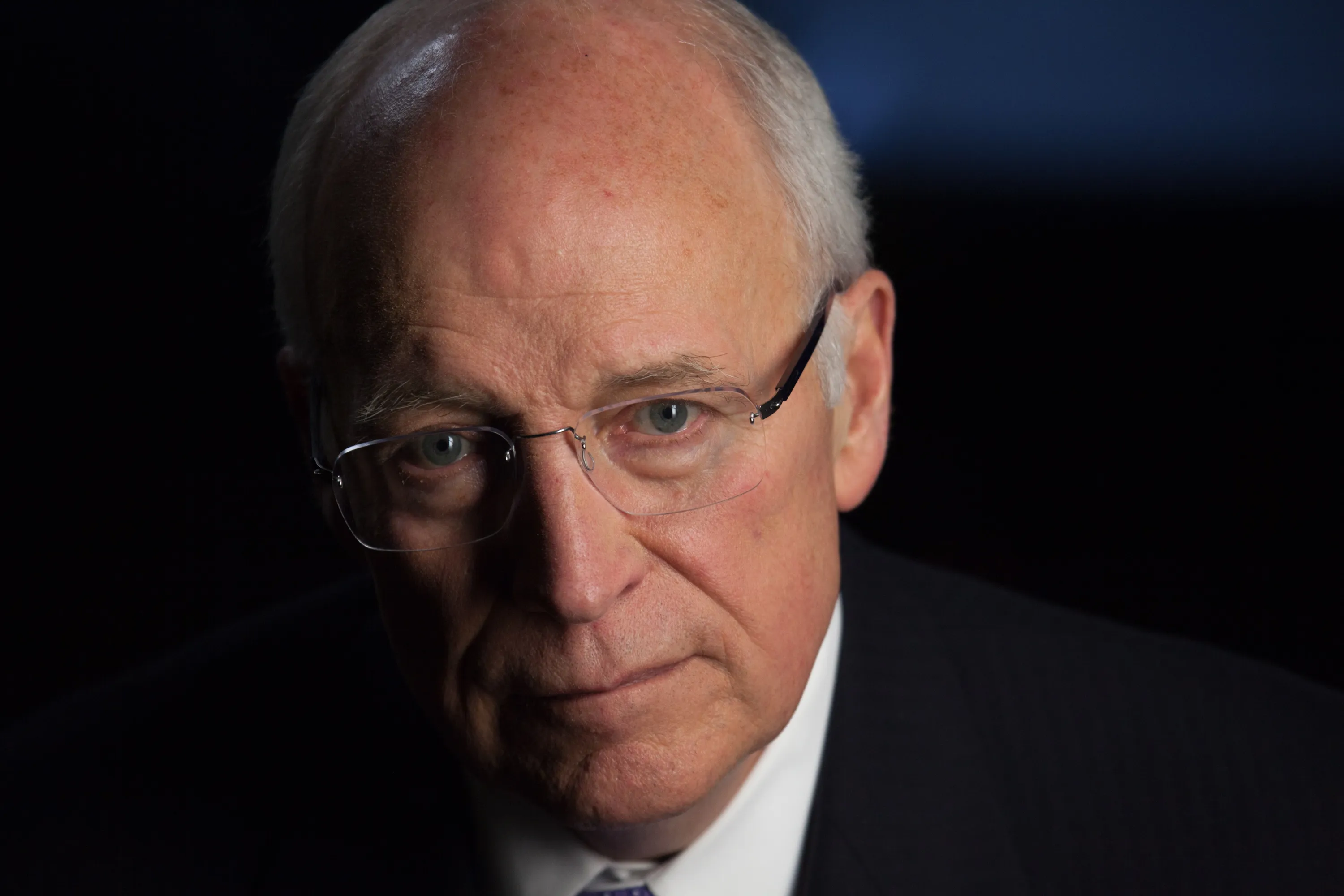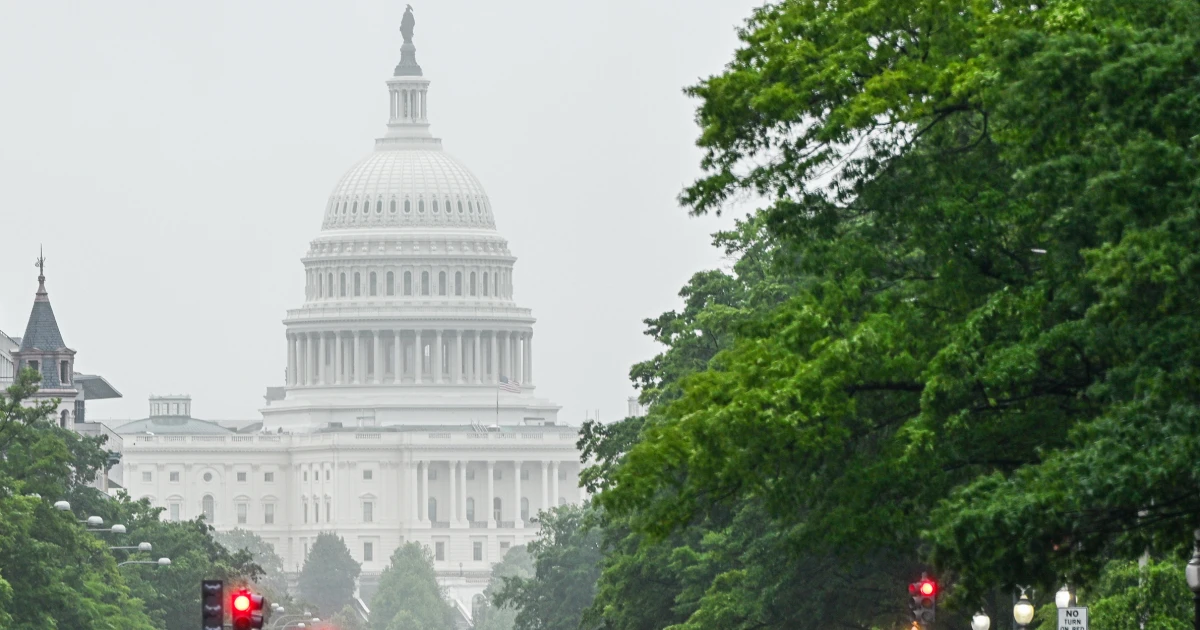Copyright Foreign Policy

When the sun rose over Rio de Janeiro on Tuesday, Oct. 28, it illuminated a city under siege. More than 2,500 police officers, backed by drones and armored vehicles, advanced into the favelas of Alemão and Penha. By the time that the gunfire subsided, several dozen people were dead—possibly as many as 132, according to the Rio public defender’s office—in what is now the deadliest police operation in Brazil’s history. Gov. Cláudio Castro called it “a success,” describing the targets as “narco-terrorists.” For the families who identified the bodies on display in São Lucas Square the next morning, it felt less like a victory than a ritual of loss that the city knows too well. This was not chaos unfolding, but order imposed. It was the predictable rhythm of a political system that has learned to govern through violence. For decades, Brazil’s campaign against organized crime has not dismantled its enemy. Instead, it has institutionalized repression as a tool of power, built markets around illegality, and turned bloodshed into political currency. The country’s so-called war on drugs no longer functions as a policy. It has become an industry that trades lives for legitimacy. Every administration since the country’s 1985 redemocratization has vowed to end the reign of traffickers through tougher policing, and each has presided over more deaths. Between 2014 and 2024, police operations in Brazil killed a staggering total of 60,394 people. In the state of Bahia alone, police officers killed 1,556 people in 2024—more than all police killings in the United States that year. In Rio, elite units such as BOPE and CORE have transformed the city’s hillsides into theaters of counterinsurgency. Yet Brazil remains both a major consumer market and a key logistical hub in the global cocaine trade, exporting tons of the drug through its ports each year (Brazil’s Federal Police seized 74.5 tons in 2024, a figure that is on the rise) and moving it onward to Europe, Africa, and beyond. That paradox is not incidental. The spectacle of repression feeds political life. Governors pose beside seized drugs and rifles, helicopters hover above televised raids, and body counts are read like electoral polls. Since the deadly raid in Rio, at least nine governors have expressed support for Castro, and several of them visited him in Rio two days after the operation. President Luiz Inácio Lula da Silva, while “appalled” at the number of deaths, insisted that “organized crime cannot continue to destroy families.” This symbiosis between violent repression and politics has created what might be called a market for security—a system in which police, gangsters, and politicians each profit from the same cycle of repression and fear. Confidence in law enforcement is shaky at best—in a poll conducted in late 2024, 51 percent of Brazilians reported feeling greater fear than trust in the police—yet funding and autonomy for militarized policing keep expanding. The state’s legitimacy depends less on delivering safety than on displaying strength. Meanwhile, organized crime has evolved alongside this logic. The Comando Vermelho (CV) and Primeiro Comando da Capital (PCC)—the country’s two most powerful criminal networks—have long transcended drug trafficking. They now operate as diversified conglomerates engaged in gold mining, cyberfraud, and public procurement. The PCC launders billions through everything from gasoline stations to sophisticated investment portfolios, while the CV manages export routes stretching from the Amazon to Brazil’s Atlantic ports and beyond. The so-called militias that control Rio’s western neighborhoods, once comprising off-duty policemen promising to “liberate” communities from traffickers, now rule about a quarter of the city’s territory, extracting payments for gas, internet, transport, and real estate. In the Amazon, criminal economies are even more expansive. The same smuggling networks once built for cocaine now move gold, timber, and wildlife. Here, drug trafficking and the infrastructures that were put in place to control it merge with the frontier’s growing extractive industries: Traffickers, miners, and local officials operate through shared logistics and protection schemes. Some estimates suggest that Brazil’s illicit economy accounts for up to 4 percent of its GDP. What unites these illicit markets is the lucrative state of exception in which they thrive. The timing of mega-operations against organized crime is rarely accidental. The Alemão-Penha raid unfolded just as Rio was preparing to host the C40 World Mayors Summit. The message to the world was clear: Rio is tough on crime and firmly in control. One could also speculate that Castro, a staunch ally of former Brazilian President Jair Bolsonaro, sought to embarrass or upstage Lula on the eve of the U.N. climate change summit (COP 30), as Brazil again takes center stage before global leaders. In any case, the fact remains that the spectacle only served to deepen the cycle that it claimed to confront. Violence becomes not a response to insecurity but an instrument of political projection, aimed as much at international audiences as domestic ones. Beneath the theatrics lies an institutional machine that is remarkably consistent. The militarized architecture built to fight drugs has long outlived its mandate. Special police units, emergency decrees, and legal immunities have become permanent features of Brazilian public security governance. The same tactical infrastructure used against violent traffickers now targets squatters, protesters, and other vulnerable people, including people who use drugs and need support, not repression. What began as a war on illicit drugs has become a template for coercive rule, expanding wherever the state feels threatened. The result is a set of legacy infrastructures of drug prohibition—the interlocking apparatuses, economic circuits, and moral narratives that allow violence to reproduce itself. The first are material: armored vehicles, surveillance drones, and units trained for combat rather than protection. The second are financial: rents from extortion, protection, and corruption that connect police, politicians, and criminal enterprises. The third are symbolic: the moral vocabularies of “cleansing” and “order” that sanctify lethal force. These structures now operate independently of drug policy itself. Even if prohibition were to end tomorrow—the Brazilian Supreme Court has already decided to decriminalize possession of up to 40 grams of cannabis—the infrastructures that it built would endure. Hard-line defenders point to the recent drop in murders as evidence that the strategy is working. It is true that Brazil’s homicide rate fell to 21.2 deaths per 100,000 inhabitants in 2024, the lowest in more than a decade. But the decline owes more to a truce between the main criminal groups and an aging population than it does simply to more effective law enforcement. In Rio, operations such as the latest one have done little to alter the underlying calculus of violence. Every spectacular raid simply rearranges the balance of power among rival factions. Within days of the Alemão incursion, traffickers will likely regroup, militias will advance into the newly “pacified” zones, and the cycle will begin anew. Lula’s response to the Rio killings has been deliberately cautious. While he has suggested that there was a “massacre” and that there should be an official probe into the matter, he has refrained from any sustained commentary or criticism of the police or of Governor Castro Instead, he has pointed to his proposed constitutional amendment on public security as evidence that reform is under way. The amendment, he argues, would strengthen the federal government’s ability to plan and evaluate security policies. Yet critics warn that the bill is “timid” and does little to restrain police lethality or dismantle the political incentives behind it. By constitutionalizing coordination without addressing accountability, the plan risks reinforcing the existing architecture of coercion under a new administrative veneer. Lula’s tempered approach to the Rio operation suggests an awareness of how politically costly it remains to challenge Brazil’s police establishment, even after the country’s deadliest raid. In recent days, polls have revealed that 55% of Brazilians support Governor Castro’s police raid, while 60% of the population hold an overall negative view of Lula’s record on public security. A credible public security agenda must begin by demilitarizing policing and confronting the collusion between state forces and militias. This would require unifying Brazil’s two main state police corps—the Military Police and the Civil Police—and placing them under strong public oversight, establishing an independent federal mechanism to investigate killings by officers, and dismantling militia-run businesses through targeted financial auditing and prosecution. Public security should be redefined around measurable outcomes—such as solving crimes and seizing criminal assets—rather than body counts. At the same time, Brazil needs to strengthen international cooperation against organized crime, which increasingly connects domestic networks to partners in Europe, Africa, and Asia. That effort would involve more robust data-sharing, joint investigations, and harmonized asset-recovery mechanisms through frameworks such as the Organization of American States and the U.N. Office on Drugs and Crime. Castro’s depiction of Rio’s criminal gangs as “terrorists”—including with apparent attempts to have them classified as such by the US government—will do little other than to sow confusion. Combined with better intelligence, forensic capacity, and community-based prevention, international investigations should treat organized crime as a governance challenge rather than a theatrical enemy. As families in Rio de Janeiro wait to identify their dead, the question facing Brazil is not so much how to end the war on drugs, but how to end the political economy that it created. The country’s violence is not chaos. It is a system, and it is one that has lasted far too long. — Felipe Krause is a political scientist and the head of the Brazilian studies program at the University of Oxford



